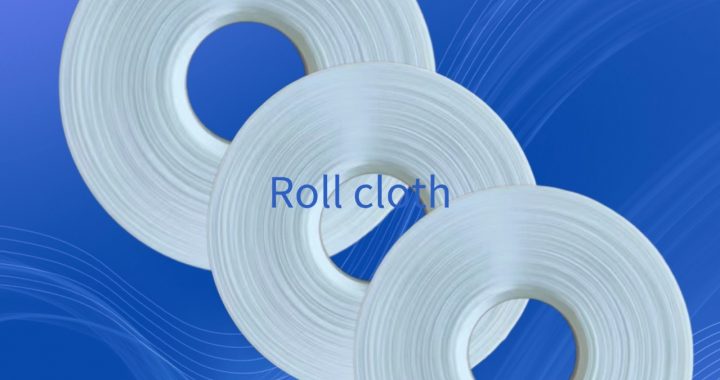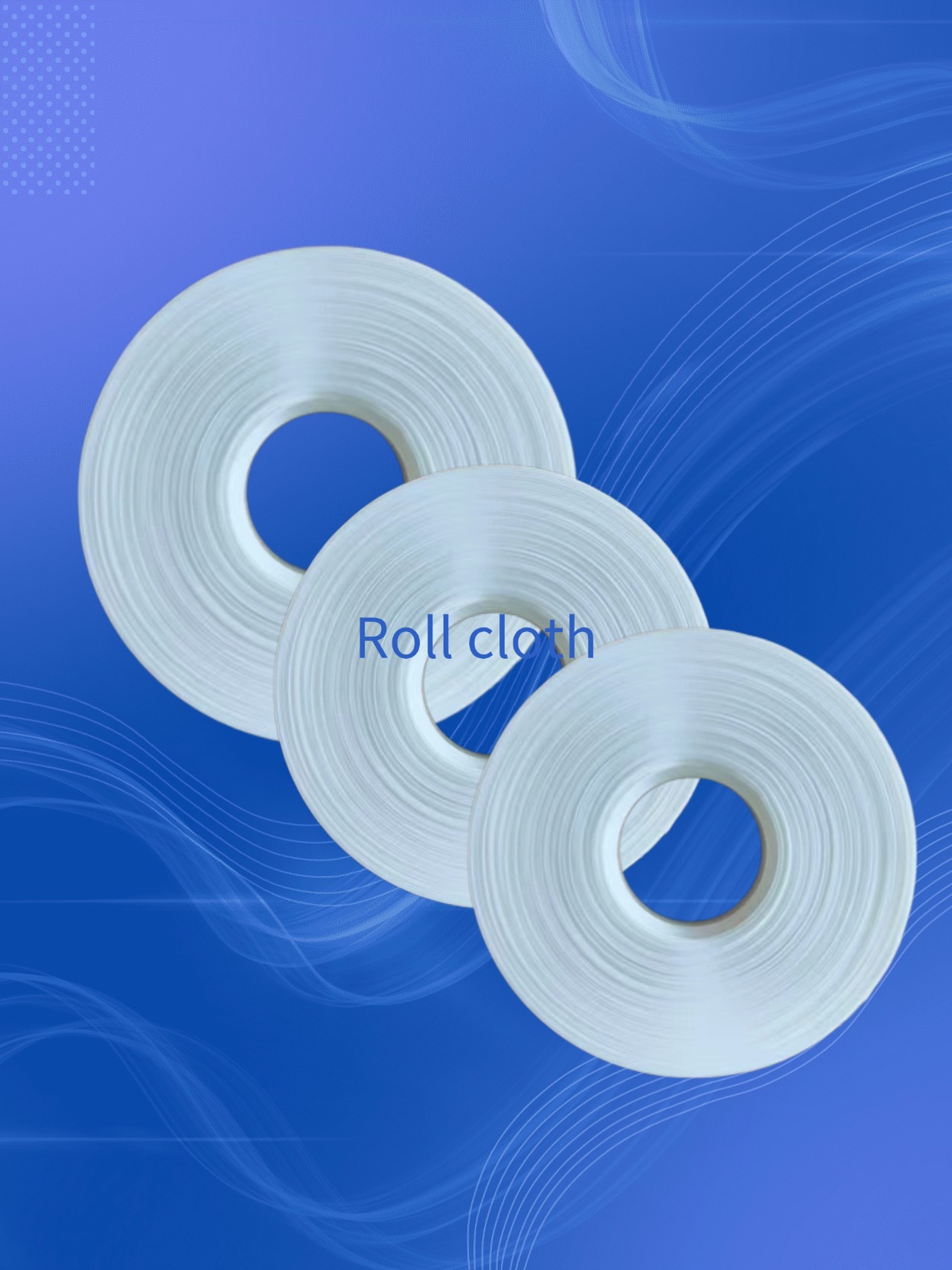Cleanroom wipes are essential cleaning tools widely used in semiconductor, pharmaceutical, optical, and precision manufacturing industries. Their core function is to maintain cleanliness by efficiently capturing particles and providing anti-static performance. However, with increasing cost-control pressures, many factories are exploring the feasibility of reusing and cleaning cleanroom wipes. This article combines industry practices and technical analysis to discuss the challenges, alternative solutions, and best management practices for cleanroom wipe reuse, helping enterprises make informed decisions.
1. Major Challenges in Reusing Cleanroom Wipes
1. Uncertainty in Contamination Levels
Cleanroom wipes accumulate different types and concentrations of contaminants depending on their use:
-
In semiconductor manufacturing, wipes may come into contact with high-purity solvents and acidic cleaners;
-
In pharmaceutical industries, they may be contaminated with biologically active substances.
These contaminants are often difficult to fully remove through standard cleaning, leading to inconsistent cleanliness levels in reused wipes.
Moreover, wipes from the same batch can have vastly different contamination levels, and a uniform cleaning process may over-clean lightly soiled wipes causing damage or leave harmful residues on heavily soiled ones, increasing cross-contamination risk.
2. Complexity and High Cost of Cleaning Processes
Cleaning cleanroom wipes requires a high-purity environment, strict control of water quality (typically deionized water), temperature, and cleaning agent concentration, and significant investment in specialized cleaning and drying equipment with ongoing maintenance costs.
Personnel must be trained in classification, cleaning parameters, and quality testing procedures.
Post-cleaning verification via particle counting and fiber shedding tests requires expensive and complex instruments, posing a burden especially for small and medium-sized enterprises.
3. Resource and Compliance Trade-offs
Although reuse can reduce direct procurement costs, hidden costs must be considered:
-
Time costs for collection, sorting, cleaning, and testing;
-
Opportunity costs as resources allocated to wipe recycling may detract from core R&D or equipment upgrades;
-
Compliance risks, as some industries (e.g., medical devices) may not accept reused wipes under regulatory standards.
2. Viable Alternatives and Optimization Strategies
1. Tiered Usage Strategy
-
Use disposable wipes in high-cleanliness zones (e.g., ISO Class 4-5 cleanrooms);
-
Use recycled wipes in lower-cleanliness areas (e.g., ISO Class 8-9 zones) for cleaning equipment exteriors or non-critical surfaces.
-
Employ pre-moistened wipes to reduce cleaning requirements; these are pre-soaked in isopropanol or deionized water and disposed of after use to avoid secondary contamination.
2. Selecting Durable and Reusable Materials
-
Some polyester microfiber wipes can be professionally cleaned and reused 3-5 times, with strict cleanliness monitoring;
-
Laser-cut edge wipes minimize fiber shedding and enhance durability for multiple washes.
3. Outsourcing Professional Cleaning Services
-
Partner with cleanroom service providers offering standardized automated cleaning and ISO-certified testing to ensure quality;
-
Scale economies reduce per-use costs and transfer contamination risks outside the company.
3. Best Practices for Cleanroom Wipe Management
1. Establish Clear Usage Protocols
-
Define use cases, replacement frequency, and discard criteria (e.g., replace wipe after wiping each wafer to avoid cross-contamination);
-
Provide regular employee training on proper unpacking, use, and disposal methods.
2. Optimize Inventory and Tracking
-
Procure wipes in various formats (rolls, cut sheets) based on demand to avoid overstocking;
-
Utilize barcode or RFID tracking to monitor usage cycles and cleaning history for traceability.
3. Monitor Technological Innovations
-
Incorporate antimicrobial fibers or biodegradable materials to reduce long-term costs and environmental impact;
-
Explore dry wiping technologies to minimize liquid cleaner dependency and extend wipe lifespan.
4. Conclusion
Technically, reusing and cleaning cleanroom wipes is feasible but requires balancing cost, risk, and benefit. For most enterprises, cleaning costs may exceed new wipe procurement costs. A pragmatic approach is to prioritize disposable wipes combined with tiered usage and outsourced cleaning services. Advances in cleanliness technology may bring more cost-effective reusable solutions in the future. Enterprises should tailor their wipe management strategies based on industry specifics, cleanliness requirements, and budget to achieve an optimal balance of quality, cost, and sustainability.


